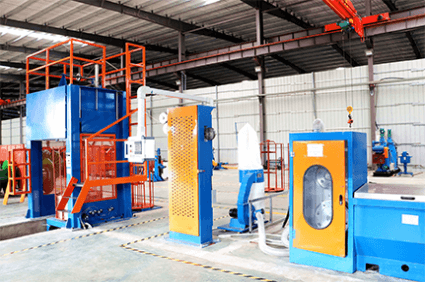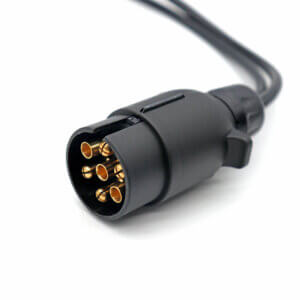Necessary Testing for Cable and Wire
Cables and wires are critical industrial products, and their quality directly impacts the functionality of machinery and equipment. Poor-quality cables can overheat due to high current, posing risks like electrocution or fire. To prevent such hazards, manufacturers must conduct the following necessary tests before cables and wires leave the factory:
1. Electrical Testing
This includes:
- Conductor DC resistance
- Insulation resistance
- Finished product voltage test
- Voltage test between insulated cores
Conductor resistance directly reflects the electrical transmission performance of cables and wires, impacting temperature during operation, lifespan, voltage drop, and safety. This test examines the material and cross-sectional area of the conductor. If the conductor’s material is substandard or its cross-sectional area is insufficient, it will cause the conductor’s DC resistance to exceed the standard. This can result in overheating, which may accelerate insulation aging, leading to potential leakage, disconnection, or even fire.
2. Mechanical Testing
Mechanical tests focus on:
- Tensile strength and elongation at break (before and after aging)
- Flexing test for flexible cables
- Bending test
- Load break core test
- Insulation core tear test
- Static flexing test
The tensile strength and elongation at break, especially before and after aging, are key indicators of insulation and sheath material quality. These materials need sufficient tensile strength to avoid breaking, along with flexibility to withstand installation stress. If unqualified, cables may become brittle, fracture, and expose live conductors, leading to electric shock risks.
3. Insulation and Sheath Material Performance Testing
This includes:
- Thermal weight loss
- Thermal shock
- High-temperature pressure
- Low-temperature bending and stretching
- Low-temperature impact
- Flame retardant properties
These tests assess the durability and reliability of the insulation and sheath materials:
- Thermal weight loss measures material degradation after 7 days at 80°C.
- Thermal shock checks for surface cracking after exposure to 150°C for 1 hour.
- High-temperature pressure evaluates material elasticity retention after heating and cooling.
- Low-temperature tests examine whether the cable material becomes brittle or cracks at -15°C.
- Flame retardant test evaluates how well the cable withstands fire and how quickly it self-extinguishes.
4. Structure Size Test
This involves measuring:
- Insulation and sheath thickness
- Minimum thickness
- External dimensions
These dimensions play a crucial role in determining the cable’s voltage capacity and mechanical strength. Thin insulation can compromise safety by increasing the risk of breakdown and exposure, while overly thick insulation can be difficult to install. Standardized regulations ensure safe and practical dimensions.
KMCABLE ensures that all cables undergo rigorous testing to meet required specifications. For any inquiries, please feel free to contact us for your cable solutions!




